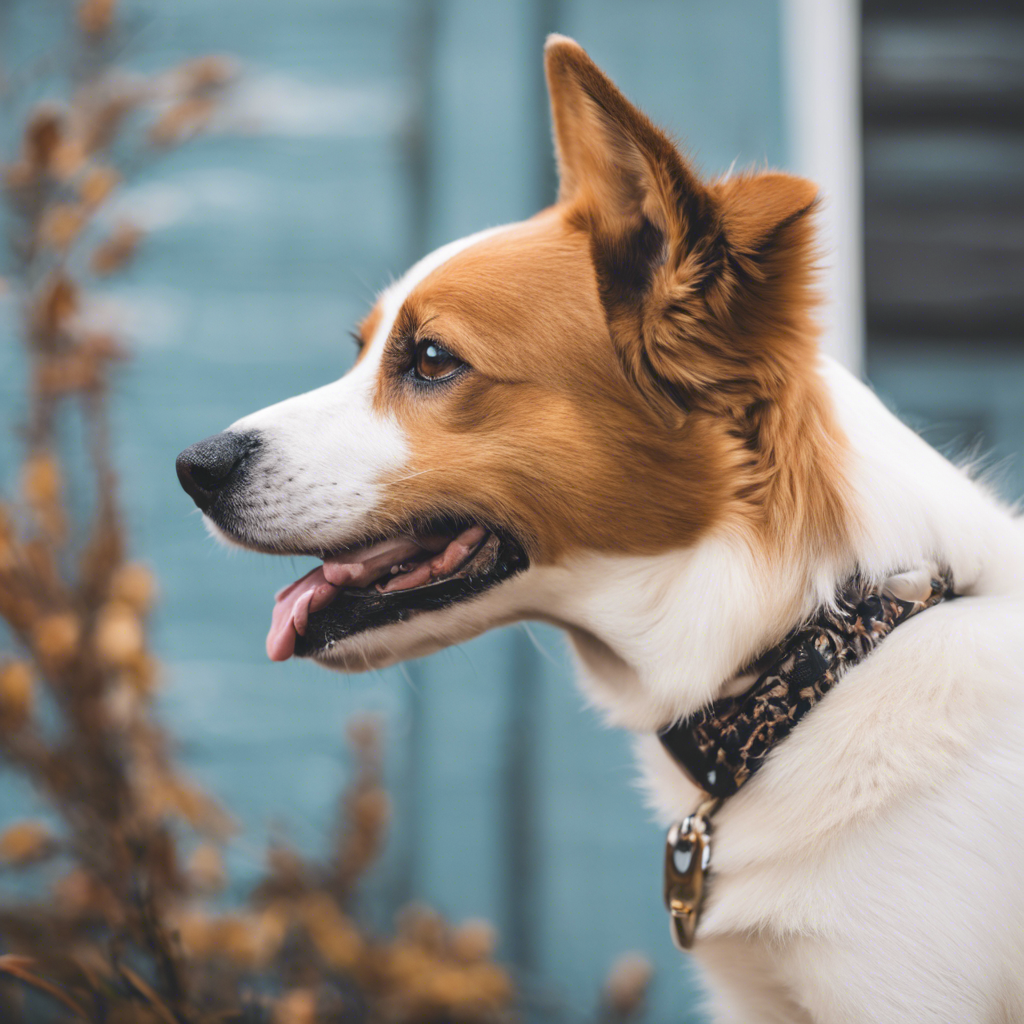# Socialization Training: Unlocking Your Dog’s Social Butterfly
As dog owners, we all want our furry friends to be well-adjusted and comfortable in various social situations. Socialization training is the key to helping your dog become a confident and friendly companion, ensuring they can interact positively with other dogs, people, and environments. Here’s a comprehensive guide to understanding and implementing socialization training for your canine pal.
## Understanding Socialization
Socialization is the process of exposing your dog to different experiences, environments, and stimuli, teaching them how to react and behave appropriately. It involves introducing your pup to various people, animals, sounds, sights, and situations, helping them develop good manners and a calm demeanor. Proper socialization ensures your dog can handle everyday experiences without fear or aggression, making them well-rounded and happy companions.
– **Early Socialization:** The critical socialization period for puppies typically falls between 3 and 14 weeks of age. During this time, puppies are highly receptive to new experiences, making it an ideal window for positive socialization. Early socialization helps puppies develop essential social skills and builds their confidence. It is crucial to provide controlled and safe experiences during this period, gradually introducing puppies to different environments and people.
## Benefits of Socialization Training
– **Reduced Fear and Anxiety:** Well-socialized dogs are less likely to develop fear-related behaviors or anxiety disorders. By exposing your dog to various stimuli, you help them understand that new experiences are not something to be afraid of, fostering a sense of confidence and security.
– **Improved Behavior:** Socialization training teaches dogs how to behave appropriately in different situations. They learn to communicate effectively with other dogs, exhibit better manners around people, and respond calmly to various stimuli. This training significantly reduces the chances of aggressive or fearful behaviors.
– **Enhanced Bonding:** Engaging in socialization training allows you to spend quality time with your dog, building trust and strengthening your bond. By exploring new environments together, your dog will view you as their trusted companion, which is crucial for their overall well-being.
– **Adaptability:** Socialization helps dogs become adaptable to change. Whether it’s a move to a new home, the addition of a family member, or a trip to the vet, well-socialized dogs are better equipped to handle these transitions with minimal stress.
## Getting Started with Socialization Training
### 1. Start Early and Gradually
If you have a puppy, start socialization training as soon as they are fully vaccinated. For adult dogs, begin the process slowly and with caution, ensuring they feel safe and comfortable at all times. Introduce new experiences gradually, allowing your dog to adjust and build confidence.
### 2. Create a Positive Environment
Ensure that your dog’s socialization experiences are enjoyable and stress-free. Use positive reinforcement techniques, such as treats, praise, and toys, to reward your dog for calm and friendly behavior. Avoid forcing your dog into situations that make them anxious or uncomfortable.
### 3. Focus on Exposure
Socialization is all about exposure. Create a list of different environments, people, and stimuli you want your dog to experience. This may include busy streets, parks, children, other animals, loud noises, and different flooring surfaces. Expose your dog to these elements gradually, monitoring their reactions and providing reassurance when needed.
### 4. Socialize with Dogs and People
Arrange playdates with well-behaved dogs and friendly people. Controlled interactions with other dogs will teach your pup good manners and social cues. Similarly, positive encounters with people will help your dog develop trust and comfort around strangers.
## Tips for Successful Socialization
– **Monitor Body Language:** Always pay attention to your dog’s body language. If they show signs of stress or fear, such as tucked tails, flattened ears, or avoidance behaviors, take a step back and provide a safe space for them to retreat.
– **Go at Their Pace:** Avoid rushing the socialization process. Respect your dog’s comfort levels and progress at a pace that suits them. This may mean taking smaller steps or spending more time on a particular aspect of socialization.
– **Variety is Key:** Offer a wide range of experiences to your dog. Explore different parks, visit various pet-friendly stores, and introduce them to people of all ages and appearances. The more variety they encounter, the better equipped they’ll be to handle new situations.
– **Practice Basic Obedience:** Incorporate basic obedience training into your socialization routine. Teaching commands like sit, stay, and come will help your dog respond well in various scenarios and reinforce their good behavior.
Socialization training is a rewarding journey for both you and your dog. By investing time and patience in this process, you’ll raise a well-mannered and confident canine companion who can navigate the world with ease. Remember, proper socialization is an ongoing commitment, so continue to expose your dog to new experiences throughout their life, ensuring they remain well-adjusted and happy.
So, grab the leash, prepare some tasty treats, and embark on this exciting adventure with your four-legged friend. Together, you’ll unlock a world of positive interactions and create unforgettable memories!

